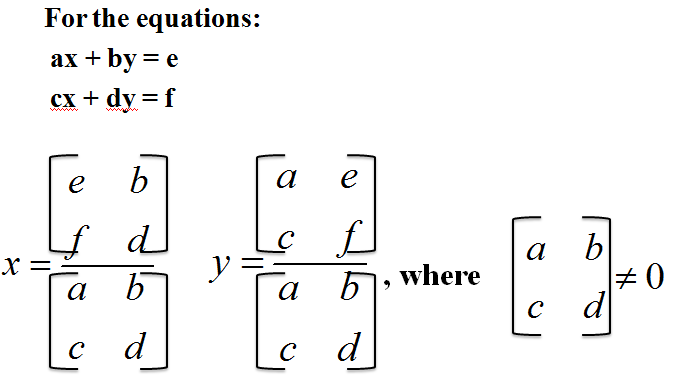Overall, in Semester 2, things were pretty interesting. We started off with less lessons than the first semester. We had Raymond read us Storytime for the first time, and it was hilarious. However, on the math end, towards the end of the semester, we started to do previews into calculus. Things like parametric equations and limits. Overall, second semester was pretty fun and interesting. Since this is the last blog we will do probably, I will take this time to say thank you for the wonderful years I've had in your class. I thoroughly enjoyed learning from you, even if webassign was a thing (just kidding). We ended with trigonometry, which we had previously somewhat covered. However, now we should be mastered in it.
Thanks for a great two years,
Kaili Chiu







